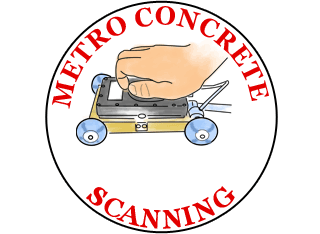Completing the following tasks beforehand can help minimize the cost of your project by reducing billable time.
- Inspect the ceilings for obstructions and lay out all the scan areas before the technician arrives
- Remove any trash, heavy dirt and construction materials that are obstructing the scan areas
- Consider alternative locations for penetrations in case the original scan areas don’t show a clear place to drill
- If there are scanning areas on the ceiling, determine if customer-supplied scaffolding or aerial lift is required
- Prior to the technician’s arrival, request a formal report and its specific requirements if necessary to ensure proper data collection
- Confirm that penetrations in the slab will not exceed 12 inches. Otherwise, scanning both sides of the slab or X-ray may be required
- Since water reflects radar signals and prevents marking the floor, make sure all scan areas are dry. Please note, newly-poured, “green” concrete can’t be scanned
- High voltage conduits drawing currents are more easily detected than low voltage conduits. You should, therefore, turn on and activate all circuits if a conduit is located in the scan area
- Ensure that roof penetrations are at least 3’x 3’ with no gravel and foam coverage
- Understand both the capabilities and limitations of GPR technology
Other Questions We Ask
Below is a list of questions we will ask when scheduling. Knowing this information up front improves scanning efficiency and often results in cost savings.
- What is the job name, job number, PO number, and billing and site contact?
- Is the slab post-tension (pt), precast, conventional, pan deck, etc.?
- What surface type are we scanning? Marble, plywood, raw concrete, tile, etc.?
- How thick is this slab (in inches)?
- Are there any known utilities in the concrete such as electric, fire alarm, walker ducts?
- Is the work located on a roof or outdoors?
- Does the job scope involve ceiling scans?
- Is the scan area next to a duct shaft, drop pad/column, or stairway?
- What is the age of the concrete?
- Is a subcontract agreement necessary before work begins?
- Is our insurance certificate acceptable to complete work for you and your client(s)?
- Will any retention be held?
- Will a lien release be required for payment?
